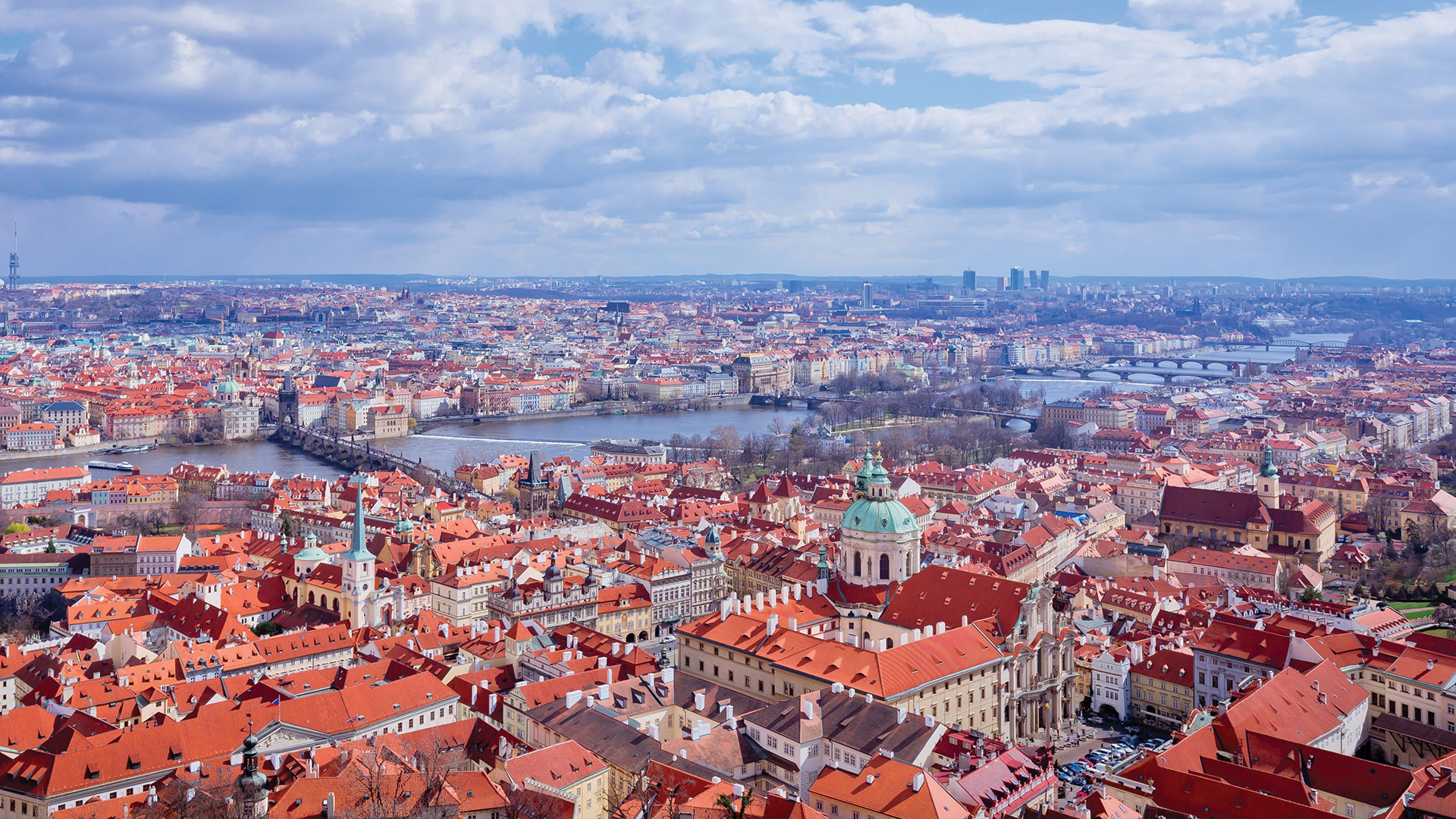Prague is one of the most majestic and architecturally amazing cities in Europe. This ancient settlement, once the capital of the Kingdom of Bohemia, is a gem from a bygone age whose splendid buildings are seemingly unspoilt by modernism, war or natural disaster. The city’s core remains intact and world-famous structures date back more than 10 centuries.
A bird’s eye view of Prague would reveal a melting pot of Romanesque, Gothic, Renaissance and Baroque landmarks, plus some 19th-century revivals and a sprinkling of 20th-century Art Nouveau. The tightly knit architectural haven is ideal for visitors to spend joyous days wandering through beautiful alleyways, passages and cul-de-sacs before heading back to one of many luxury hotels now populating the Czech Republic’s main city.
Bridging the past
A dawn crossing of Charles Bridge, a magnificent 14th-century bridge lined with Baroque statues that spans the Vltava River, is considered a quintessential Prague experience. The excursion from the Old Town to the Lesser Town or Little Quarter is made even more memorable by an approach under the arch below Old Town Bridge Tower, which itself is considered one of the finest Gothic buildings in the world. Here, the rib-vaulted viewing gallery provides wonderful views of Prague’s 1,000-year-old hilltop castle. The bridge became pedestrianised after the Second World War, having nobly withstood five centuries of wheeled traffic – its sturdy sandstone blocks were strengthened (according to legend) by mixing the mortar with egg yolk.
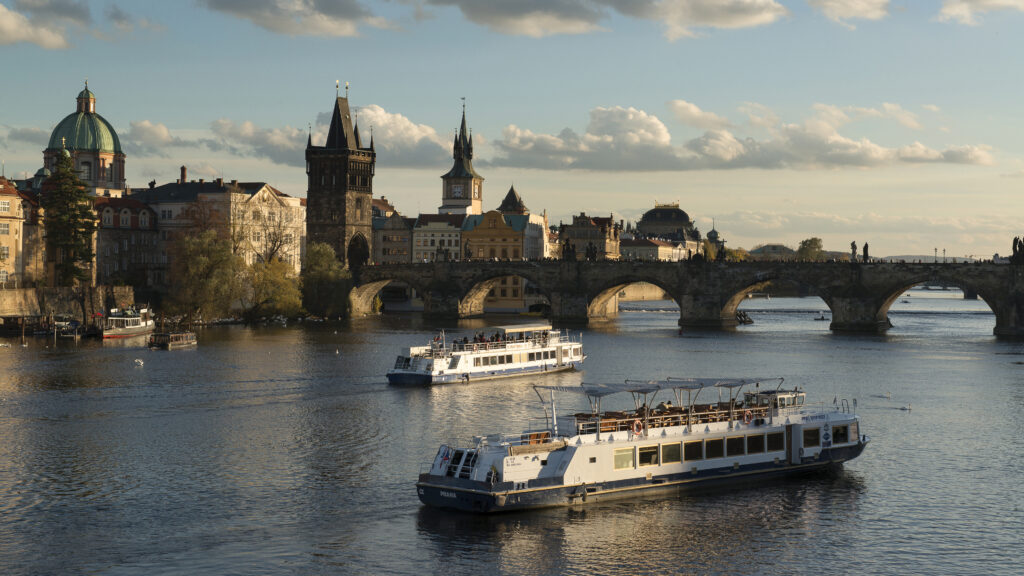
The structure’s series of Baroque statues (some are copies, with the originals residing in Czech museums) stare indifferently at the assembled gathering of buskers, jazz bands, hawkers and tourists. One of the artistically most remarkable is the sculpture of St Luitgard, dating from 1710 and based on the vision of a nun kissing the wounds of Christ.
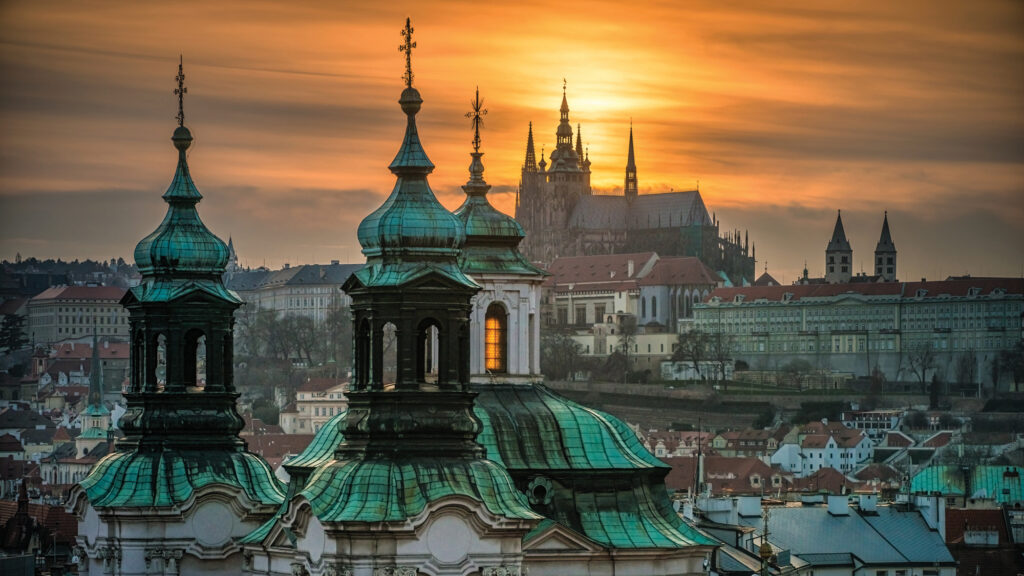
The Little Quarter Bridge Tower, on the opposite river bank, also affords superb views of this glorious City of 100 Spires. Aside from an early morning visit, the bridge is one of many great places to watch the sunset.
Prince of the castle
Occupying a high and commanding position above the river, Prague Castle was founded in the ninth century by Prince Bořivoj. Its walls enclose a complex of palaces, churches, halls, a monastery and picturesque artisans’ cottages – a little village in its own right.
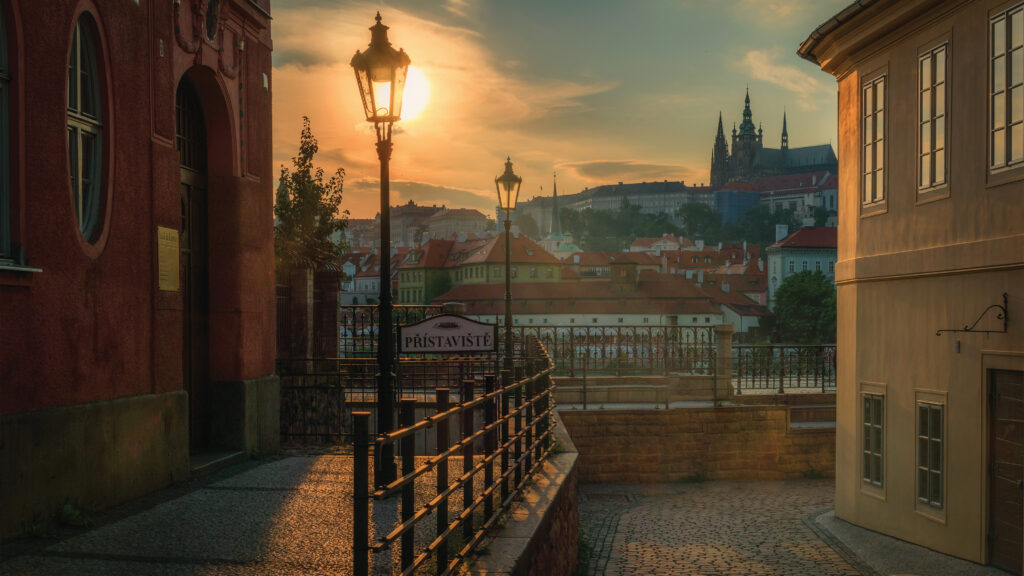
Czechia’s beating heart, the castle has huge cultural and historic significance; it boasts buildings from every period of the country’s history and has contained the seat of presidential power since 1918. There are also many physical treasures within these walls, such as the Bohemian crown jewels and exquisite works of art in Lobkowicz Palace from the former royal family’s private collection. The Prague Castle Picture Gallery contains wonderful paintings from the 16th to 18th centuries, with works by Titian and Rubens among the highlights, as well as some impressive sculptures.
Gothic glory
One of Europe’s most beautiful urban spaces, Old Town Square is a must-visit. Dotted with fine historical attractions, it has been the city’s main marketplace since the 11th century and remains a focal point, with a tourist information centre, plus numerous restaurants, cafés, shops and galleries. The south side of the square has an array of fine Romanesque and Gothic houses, while the east side is home to the Rococo-style Kinsky Palace, now an art museum whose façade is dressed with elaborate stucco decoration, and the 13th-century Stone Bell House, restored as a Gothic palace.
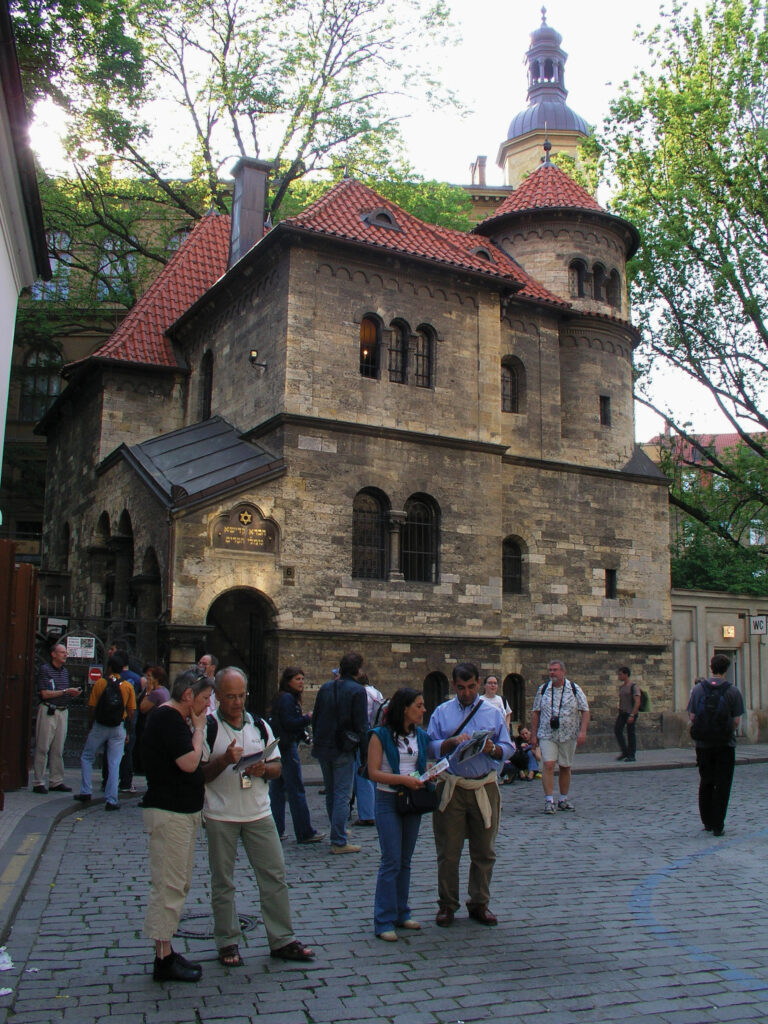
Another of the city’s top attractions is the Old Town Hall, established in 1338 after King John of Luxembourg allowed the district to have its own council. Carefully restored following damage sustained during a 1945 uprising against the Nazis, the complex embraces a row of immaculate Gothic and Renaissance buildings, some of which are open to the public. Atop the Old Town Hall tower is a famous astronomical clock that features, on the hour, a medieval marionette show lasting 45 seconds.
Worship wonders
Important religious landmarks include St Vitus Cathedral, located within Prague Castle and the country’s largest church. Work on the Gothic building began in 1344 and was finally completed in the 19th and 20th centuries. The first church on the site dates back to 930 and was built at the request of Wenceslaus I, Duke of Bohemia – “Good King Wenceslas” of carol fame was murdered five years later. He became the patron saint of the Czech state, and his tomb can be found within the cathedral, along with the aforementioned crown jewels.
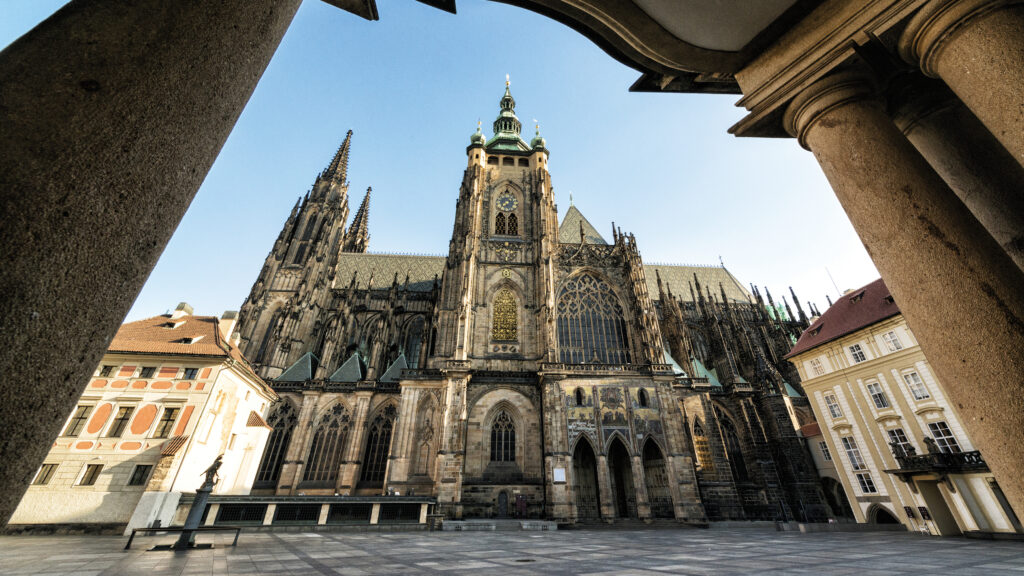
Constructed in the first half of the 18th century, the Church of St Nicholas is a Baroque masterpiece in the storybook setting of the Lesser Town. It was the brainchild of father-and-son architects Christoph and Kilian Ignaz Dientzenhofer, Prague’s greatest exponents of High Baroque. Its statues, frescoes and paintings are by preeminent artists of their time, notably including Karel Škréta’s Crucifixion.
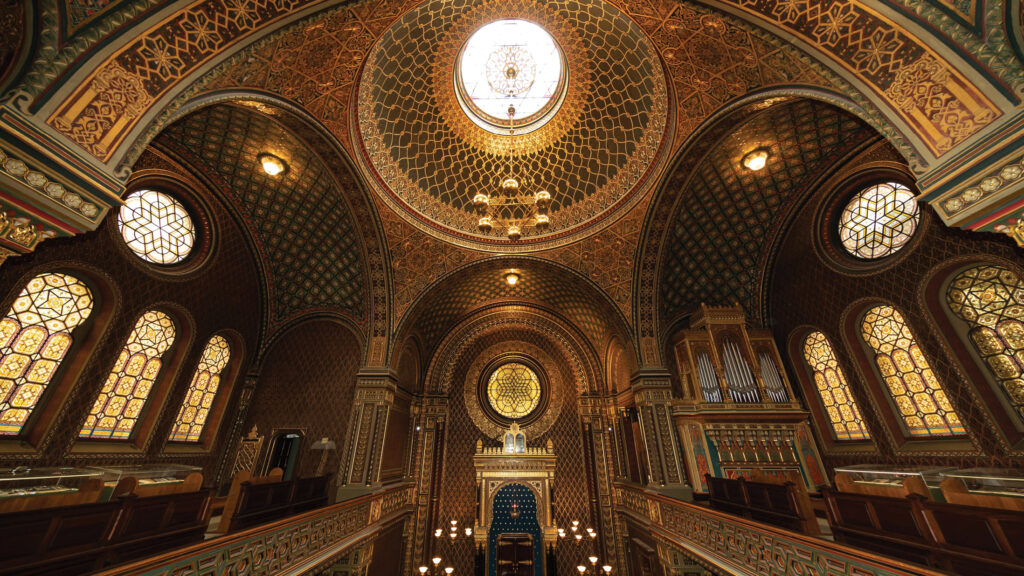
The Prague Jewish Museum is also worth a visit. It encompasses half a dozen ancient synagogues, a ceremonial hall and former mortuary, plus the Old Jewish Cemetery, all clustered together in a corner of the Old Town.
Cultural cheers
Prague is famous for its beer, or pivo in the native tongue, with the Czechs being among the world’s most enthusiastic beer drinkers. The country perfected the first Pilsner-style lager, the Pilsner Urquell 1842, and the pub is a focal point of Czech culture, a place to have fun, discuss art and put the world to right. The city is awash with breweries, large, small and micro, and craft beers. Favourites include Ležák, a classic pale lager; the yeast beer Kvasnicové; and the coffee-flavoured Kávové.
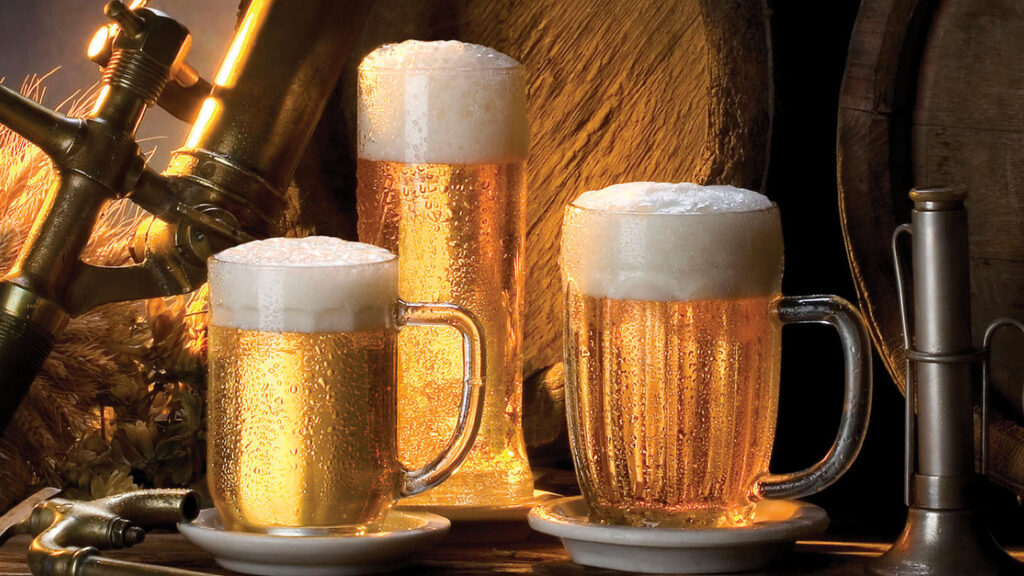
A few minutes from the castle, U Černého vola Beerhall is one of the best-known old-school pubs, serving classic snacks such as pickled camembert- style cheese, head cheese with onions or baked ham and eggs. Another good watering hole is U Hrocha, located near the British embassy. There are also plenty of late-night drinking spots and dance clubs to party into the small hours. Studio 54’s reputation as an excellent after-hours club playing a wide range of music is well-earned.
Cracking pork
The Czechs are also known for their fondness for pork (vepřový maso), with roast pork, pork goulash (vepřový guláš) and pork schnitzel (vepřový řízek) heading the menu. Boiled bread dumplings (knedlíky) are perfect for soaking up the gravy, while tomato, cucumber, lettuce and pickled cabbage add colour and crunch to local plates.
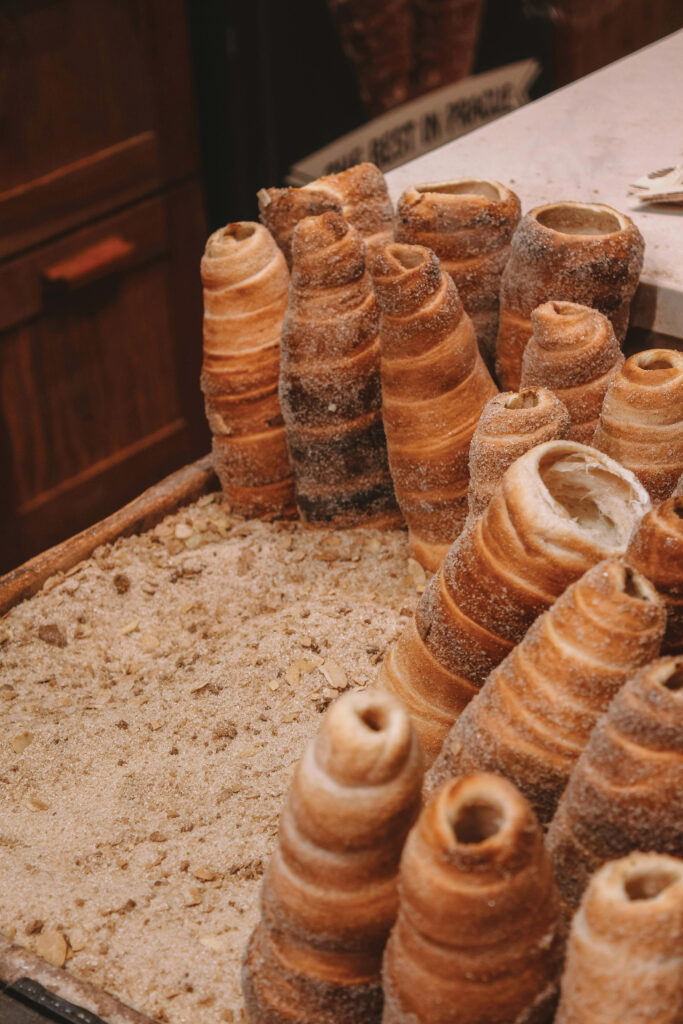
Ensconced within an iconic Old Town building, La Degustation Bohême Bourgeoise prepares modern dishes inspired by 19th-century cuisine and serves them in tasting feasts of up to 11 courses. For panoramic views of this ancient city, visit Villa Richter, where gastronomic delights and exceptional wines can be enjoyed amid the St Wenceslas vineyards of Prague Castle, the oldest in the country.



